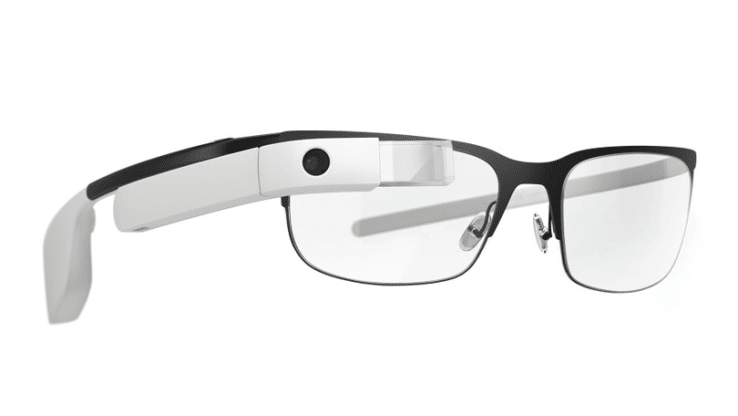The latest update on Google Glass introduces a groundbreaking real-time emotion detection app developed by the Fraunhofer Institute in Germany. This app showcases remarkable capabilities, accurately detecting age and gender without relying on cloud-based data processing. While it holds great potential for assisting individuals with autism in expressing their emotions, privacy concerns arise due to its facial recognition capabilities. This article explores the features, benefits, and privacy implications of this innovative technology.
- Advanced Emotion Detection: The newly developed app leverages the SHORE (Sophisticated High-speed Object Recognition Engine) system, initially designed for object detection. Over time, it has evolved into a sophisticated facial analysis system, achieving a success rate of 91% and 94% in detecting faces and gender, respectively. This breakthrough technology opens up possibilities for assisting individuals with autism in understanding and conveying their emotions effectively.
- On-Device Processing for Enhanced Privacy: To address privacy concerns, the app performs all data processing on-board the Google Glass device itself. This ensures that sensitive data remains within the device and is not transmitted to external servers. Fraunhofer Institute emphasizes that the app cannot identify individuals, providing reassurance about protecting user privacy.
- Privacy Considerations and Potential Risks: Despite the measures taken to protect privacy, there remains a potential loophole in the form of facial recognition capabilities. Although the current app does not perform facial recognition, it is theoretically possible for someone to exploit these features. Balancing the advantages of emotion detection with privacy concerns becomes essential.
- Positive Applications and Societal Implications: While privacy concerns are valid, it is crucial to consider the broader implications of this technology. The app can provide valuable benefits, such as identifying potential threats or assisting in locating specific individuals in crowded environments. Law enforcement agencies could leverage similar technology for
- agencies could leverage similar technology for public safety purposes, helping to curb criminal activities. The potential positive impact should be weighed against the challenges associated with privacy.
Conclusion: The introduction of the real-time emotion detection app for Google Glass represents a significant advancement in wearable technology. While concerns about privacy and facial recognition exist, the potential benefits in various contexts cannot be ignored. Striking a balance between innovation and privacy is crucial, and responsible implementation of such technologies requires ongoing dialogue and regulatory measures. As we navigate the evolving landscape of technology, considering both positive applications and potential risks will guide us toward a more ethical and secure future.









